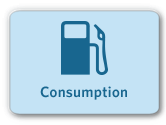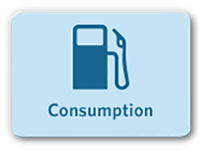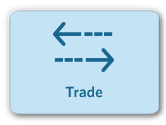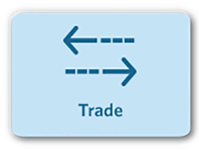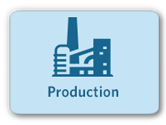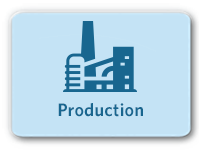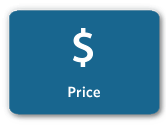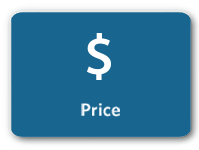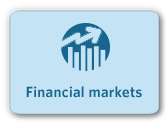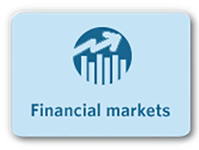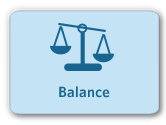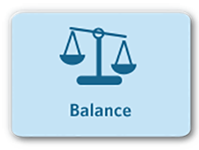What drives petroleum product prices: Financial Markets
Gasoline and distillate both have futures contracts for delivery in New York Harbor on the New York Mercantile Exchange (Nymex). Since 2007, open interest (the number of contracts in a trading session that have not been settled or closed) and trading volume in these contracts increased for both products.
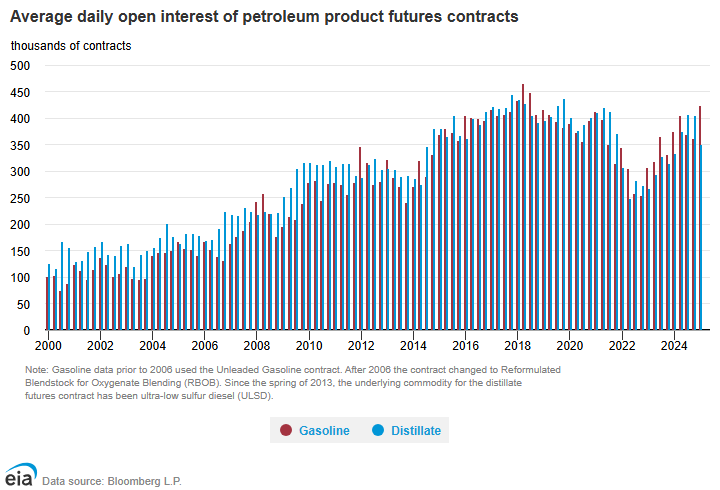
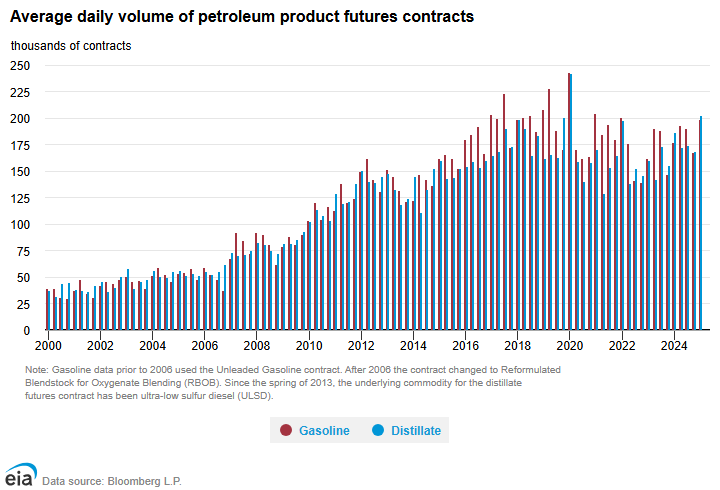
The Commodity Futures Trading Commission publishes a weekly activity report, the Commitment of Traders Report, on oil and petroleum product open interest on exchanges (e.g., Nymex). In this report, the activities of multiple trading categories are detailed, including physical participants (producers, merchants, processors, and end users), money managers (usually hedge funds or other sophisticated traders), and swap dealers (traditionally investment banks or commodity broker/dealers). Money managers generally tend to be net long—more futures contracts are bought rather than sold—on RBOB and ULSD futures, though significant changes in market expectations of demand and supply for these products can push overall positions to be net short.

